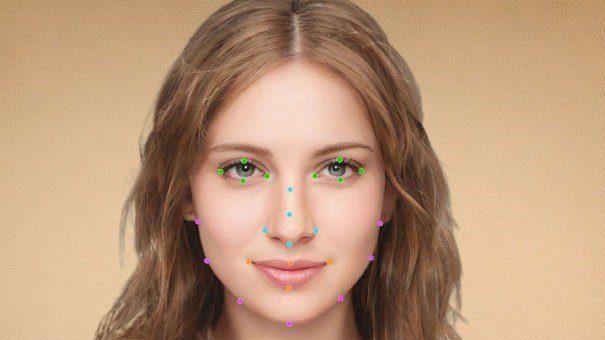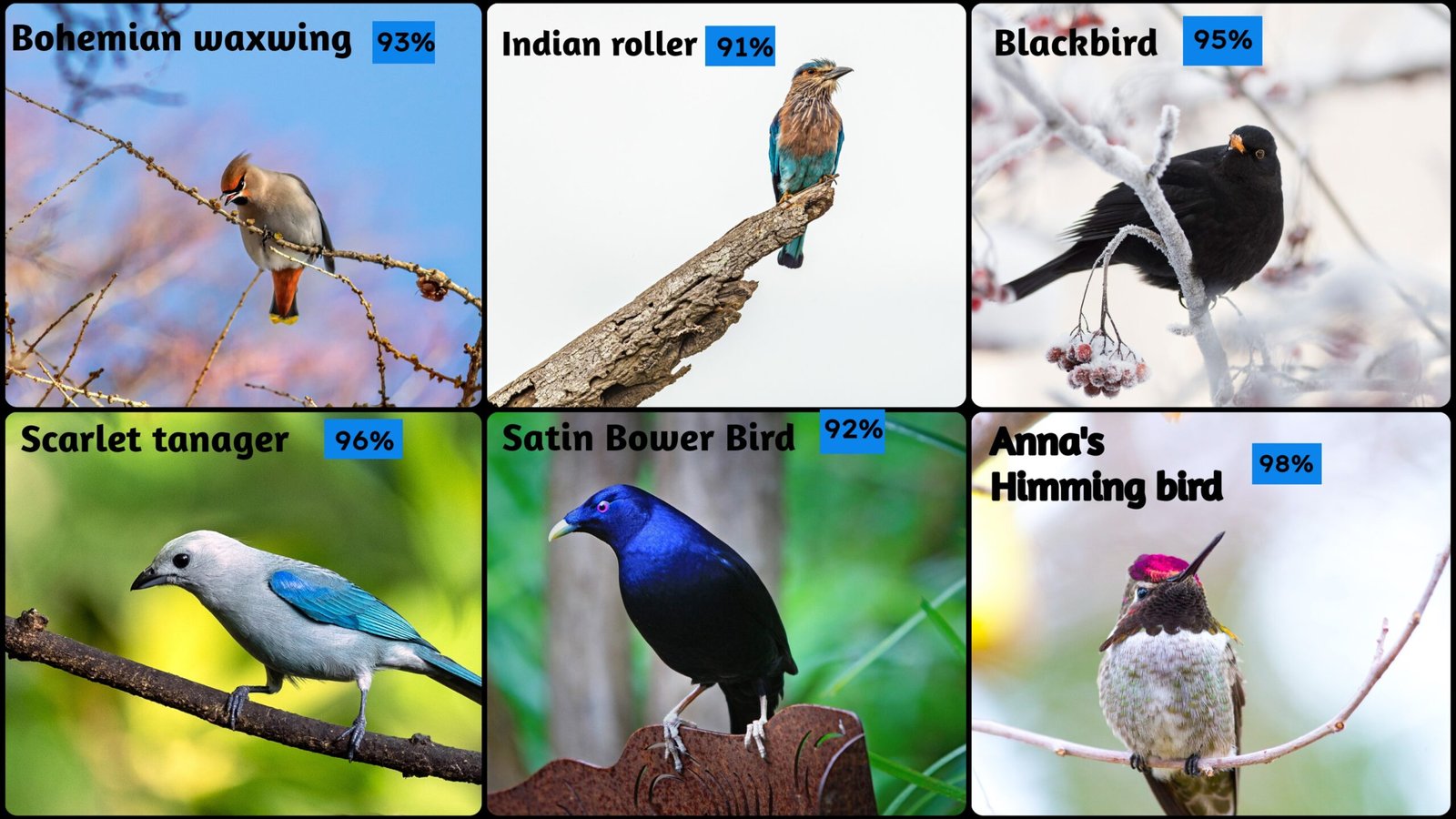Computer Vision Services

Poly Lines
Click to Learn More
Polylines are a type of geometric object that consist of a series of connected line segments. They are often used in computer graphics and computer vision applications to represent complex shapes or contours, such as those found in maps or images.
Polylines are made up of a series of points or vertices, which are connected by straight lines to form a continuous path. Each point or vertex in the polyline represents a specific location in space, and the line segments between the vertices represent the path taken between those locations. These can be closed or open. A closed polyline is one where the last point is connected to the first point, forming a closed loop. An open polyline, on the other hand, does not connect the last point to the first point, and thus remains an open path.
In computer vision applications, polylines can be used to represent the boundaries of objects or regions of interest within an image. For example, in image segmentation, polylines can be used to outline the boundaries of regions within an image, which can then be used to separate those regions from the rest of the image.

Facial Recognition
Click to learn more
Facial recognition is a computer vision technique used to identify or verify the identity of a person from an image or video. It detects and analyzes key facial features to create a unique facial profile for matching against a database of known faces.
The process involves detecting and localizing faces, extracting key facial features, creating a unique faceprint, and comparing it to a database of known faces for identification or verification.
Facial recognition has potential applications in security, law enforcement, and marketing, but raises concerns about privacy and misuse, leading to ongoing debate about ethical and legal implications.

Semantic Segmentation
Click to Learn More
Semantic segmentation is a computer vision technique that involves assigning each pixel in an image or video frame to a specific class or category.
The technique is typically used to segment an image or video into semantically meaningful regions, such as roads, buildings, people, and vegetation. This allows for a more detailed understanding of the content of the image or video, which can be useful in applications such as autonomous driving, robotics, and medical imaging.
The process of semantic segmentation involves training a deep learning model on a large dataset of labelled images or videos. The model learns to recognize and classify the different regions of an image or video, and can then be used to segment new images or videos into the same set of classes..

Object Detection
Click to Learn More
Object detection is a computer vision technique that is used to identify and locate objects within an image or video frame. It involves drawing a rectangle or box around an object of interest in the image to encompass the entire object. The process of Object detection includes three main steps: object proposal generation, bounding box refinement, and object classification.
The first step in Object detection is object proposal generation, which identifies potential object locations within an image using various algorithms. These algorithms can use different techniques, such as edge detection or region proposal networks, to identify regions of an image that may contain objects. The second step is Object refinement, which involves adjusting the size and position of the Object around each object to more accurately fit the object. Finally, the third step is object classification, which uses a classifier to determine the type of object within the Object.
Object detection is commonly used in applications such as object recognition, object tracking, and image segmentation. It can be used to automate tasks such as surveillance, self-driving cars, and robotics, where identifying and tracking objects is essential for the system’s functionality.

Panoptic Segmentation
Click to learn more
Panoptic segmentation combines instance segmentation and semantic segmentation to create a unified understanding of an image or video scene.
It assigns each pixel within the scene a unique label that specifies either an object instance or a semantic class, providing a more detailed understanding of the scene than either segmentation technique alone.
The process involves detecting and localizing object instances, assigning each pixel to a specific instance or semantic class, and post-processing to refine the results, and has many potential applications in autonomous driving, robotics, and scene understanding in general.

Instance Segmentation
Click to Learn More
Instance segmentation is a computer vision technique that identifies and delineates each individual object instance within an image or video.
Unlike semantic segmentation, it assigns a unique label to each object instance within an image or video, allowing for more detailed understanding of the scene and enabling applications such as object tracking, image editing, and robotics.
The process involves object proposal generation, pixel-level classification, and post-processing, and has many potential applications, including autonomous driving, robotics, and medical imaging.

3d cuboid
Click to Learn More
3D cuboid detection is a computer vision technique that involves identifying and localizing objects in a 3D space by enclosing them in cuboid shapes. This technique enables the precise detection and localization of objects in a 3D environment, making it useful in many fields, such as robotics, autonomous driving, and augmented reality.
3D cuboid detection requires the use of highly advanced algorithms and processing techniques to accurately detect and localize objects. The resulting data can be used to train machine learning models that can automatically detect and localize objects in 3D environments.
The technology has many practical applications, such as in autonomous vehicles, where it can be used to identify and avoid obstacles, or in augmented reality, where it can be used to anchor virtual objects to real-world environments. With continued research and development, this technology is likely to advance further and enable even more advanced applications in the future.

Skeleton
Click to learn more
Skeleton in computer vision refers to a set of algorithms that extract the main structure of an object from an image or video. The extracted structure is usually represented as a set of connected lines or curves that form the basic shape of the object, often referred to as the “skeleton.”
Skeletonization can be used to analyse the overall shape of an object or to extract important features, such as joints or other structural elements. It can also be used for object recognition and tracking, as well as in medical imaging and biometrics.
The process of skeletonization involves identifying and isolating the object of interest, computing a distance transform of the object, and then applying an algorithm to extract the skeleton. Different algorithms can be used for skeleton extraction, including thinning, medial axis transformation, and graph-based methods.

Image Classification
Click to Learn More
Image classification is a computer vision technique that involves assigning a label or category to an image based on its content.
The process typically involves training a deep learning model on a large dataset of labelled images, where the model learns to recognize and classify different objects, scenes, or other features of the image.
Once trained, the model can be used to classify new images by assigning them to one of the previously learned categories, making image classification useful in applications such as object recognition, content-based image retrieval, and autonomous vehicles.
